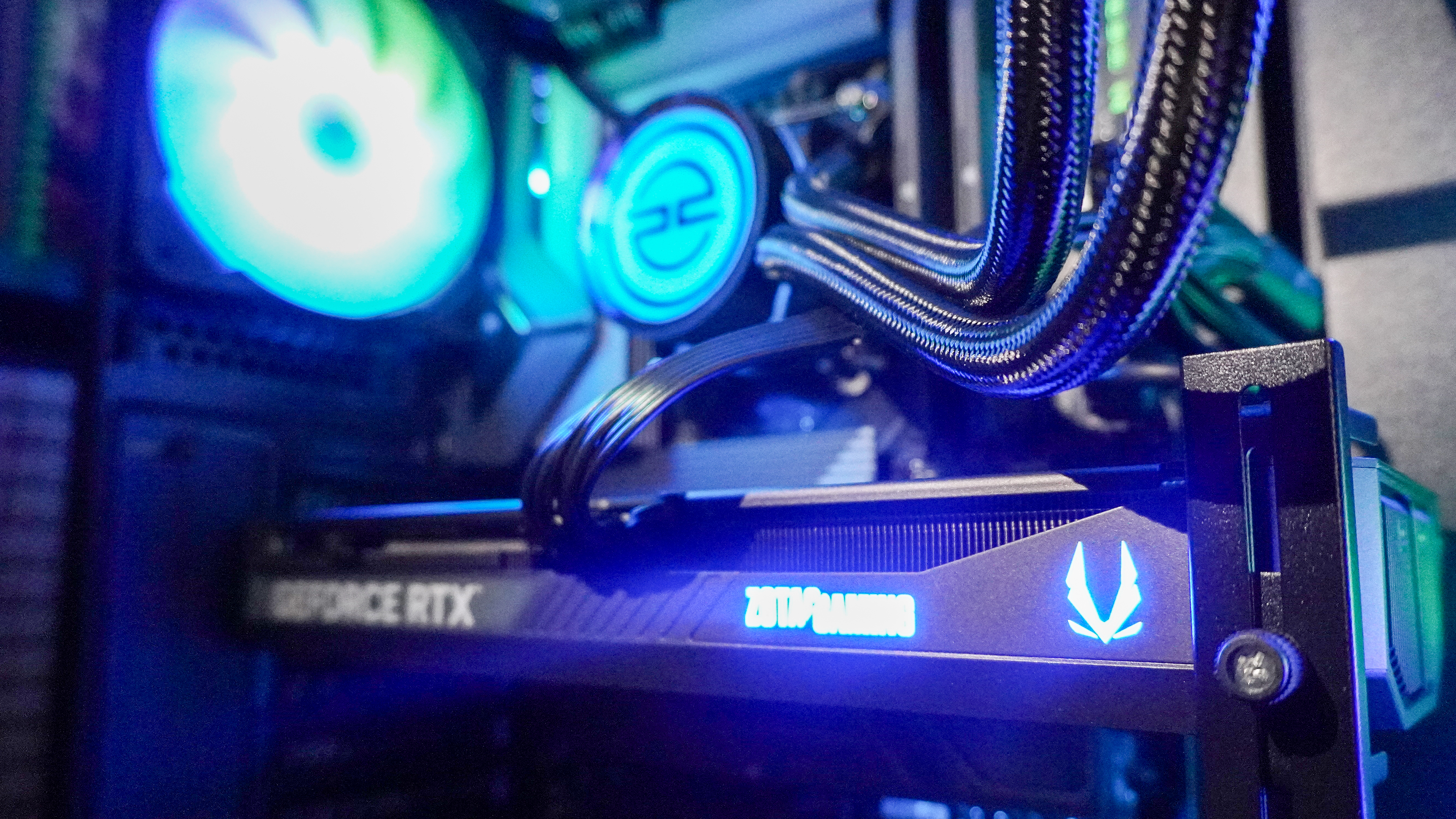Samsung Galaxy Watch 7 vs. Galaxy Watch 6: Which smartwatch is best for you?
Here's how the latest Galaxy Watch 7 compares to the Galaxy Watch 6
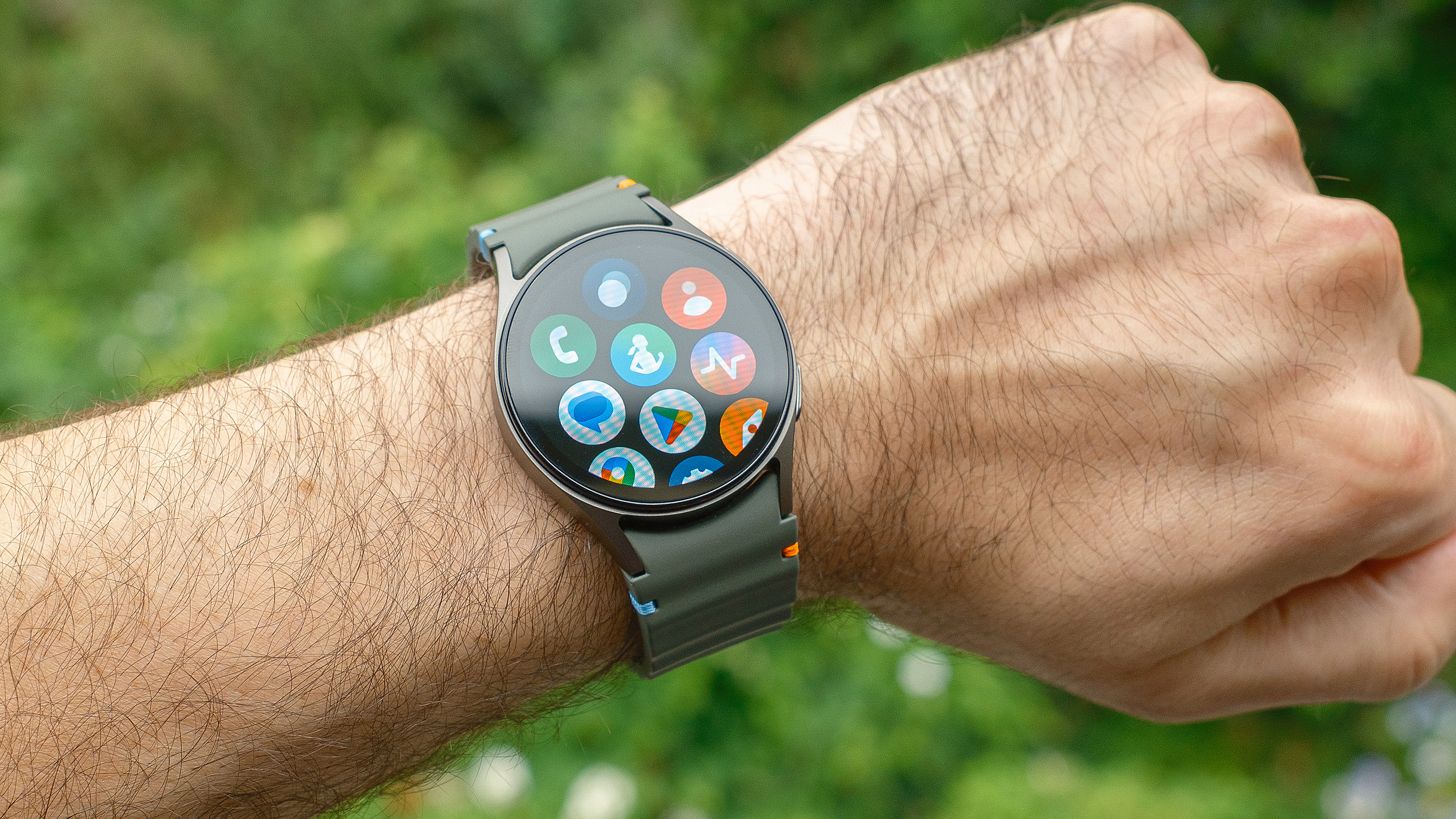
The Galaxy Watch 7 boasts Samsung's best AI-informed health and fitness tracking tech, advanced sleep analysis and excellent integration into the greater Galaxy ecosystem.
For
- Accurate and detailed sleep insights
- Useful AI-powered wellness features
- Responsive user interface
- Twice the storage of Galaxy Watch 6
- Precise GPS and workout tracking data
Against
- One day of battery life
- Same design as predecessor
- Health-monitoring features like sleep apnea detection require a Galaxy phone
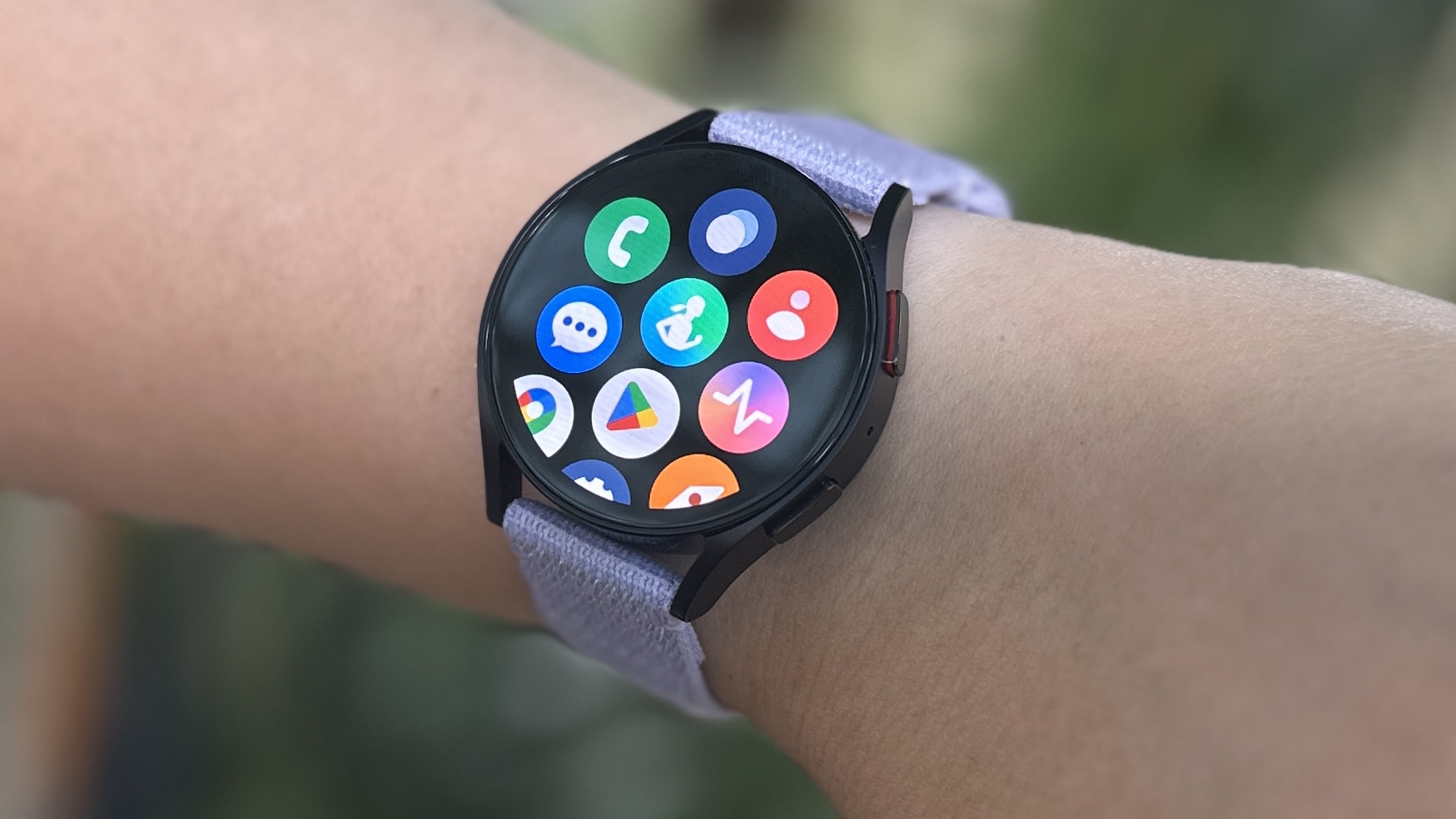
The Galaxy Watch 6 may not be Samsung's newest wearable but it's still an extremely well-rounded smartwatch with useful fitness and health-tracking tools in a comfortable and familiar package.
For
- Sleek and comfortable design
- Bright AMOLED touchscreen
- Two case sizes
- Solid health and sleep features
- Reliable workout tracking
Against
- Unimpressive battery life
- No daily Energy score or sleep apnea detection
The new Samsung Galaxy Watch 7 is the best Android smartwatch in 2024, usurping its predecessor, the Galaxy Watch 6. Of course, the Galaxy Watch 6 remains a competent device and an excellent buy if you can find one on sale.
However, there are some compelling reasons to splurge on the newer model, particularly if you're into personalized wellness insights. Here's how the Samsung Galaxy Watch 7 compares to the Galaxy Watch 6 in terms of factors like price, battery life, design, wellness tech and performance.
Galaxy Watch 7 vs. Galaxy Watch 6: Price and availability
Samsung has kept launch pricing consistent between the Galaxy Watch 6 and 7. The 40mm model is $299 and the 44mm version is $329; add on $50 for LTE on either.
The Galaxy Watch 7 made its debut on July 10 and is available now, which means you can likely find the Galaxy Watch 6 offered from retailers like Amazon at a discounted price; here the 40mm Galaxy Watch 6 for $199. These deals come and go, so be patient if you're in the market.
Galaxy Watch 7 vs. Galaxy Watch 6: Battery life
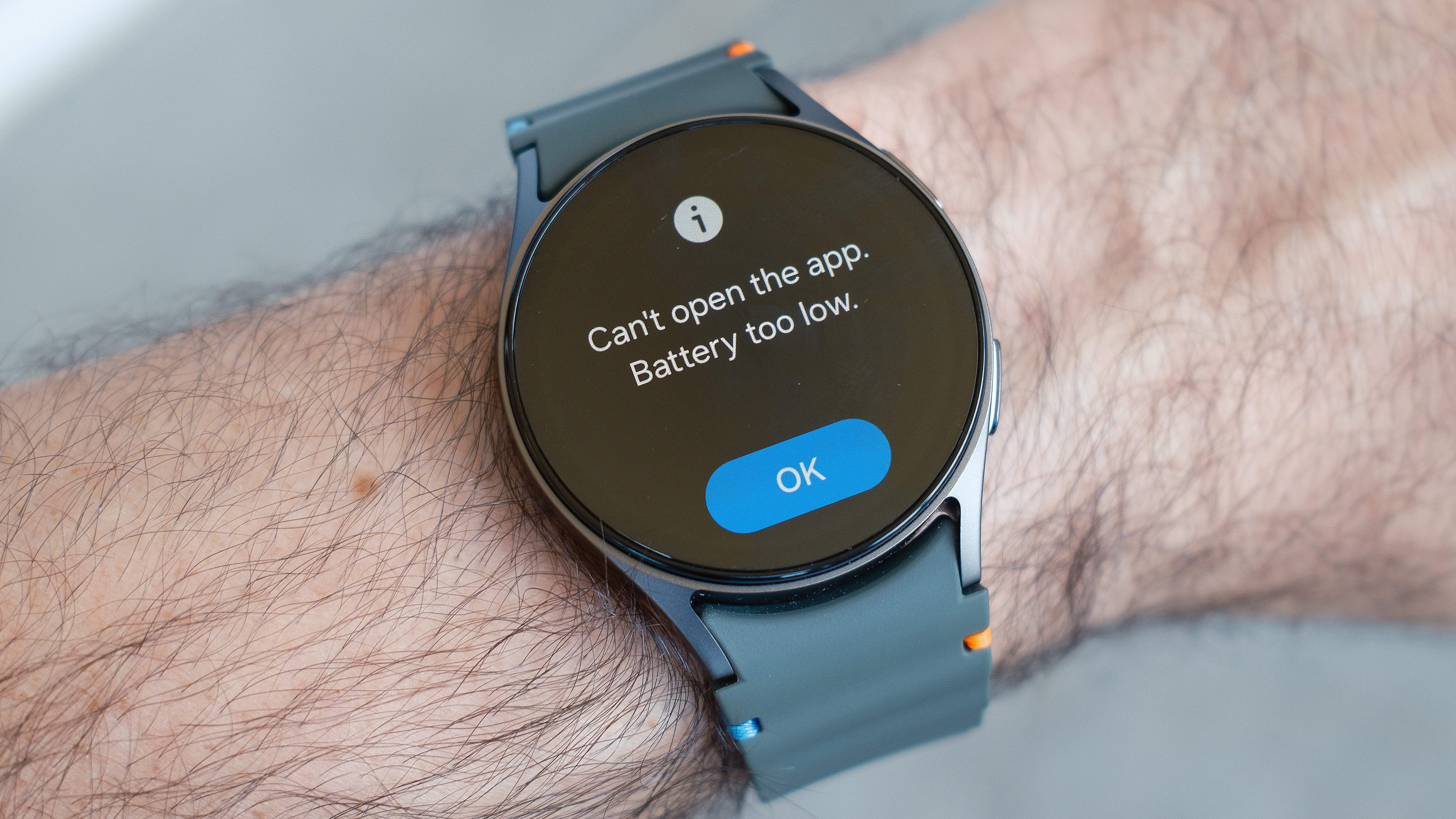
I had high hopes that the Galaxy Watch 7 would blow its predecessor out of the water when it came to longevity but the newer model lasts for about as long as its predecessor: up to 24 hours using the always-on display and closer to 40 hours in power-save mode.
This shouldn't be too surprising given the battery capacity hasn't changed in either the 40mm or 44mm models. And while the updated Exynos W1000 processor in the Galaxy Watch 7 is more efficient, it's also more powerful, which makes sense given the newer Galaxy Watch model has a lot more onboard health tech and AI features to account for.
Both devices fully recharge in under two hours.
Sign up to get the BEST of Tom's Guide direct to your inbox.
Get instant access to breaking news, the hottest reviews, great deals and helpful tips.
Galaxy Watch 7 vs. Galaxy Watch 6: Design
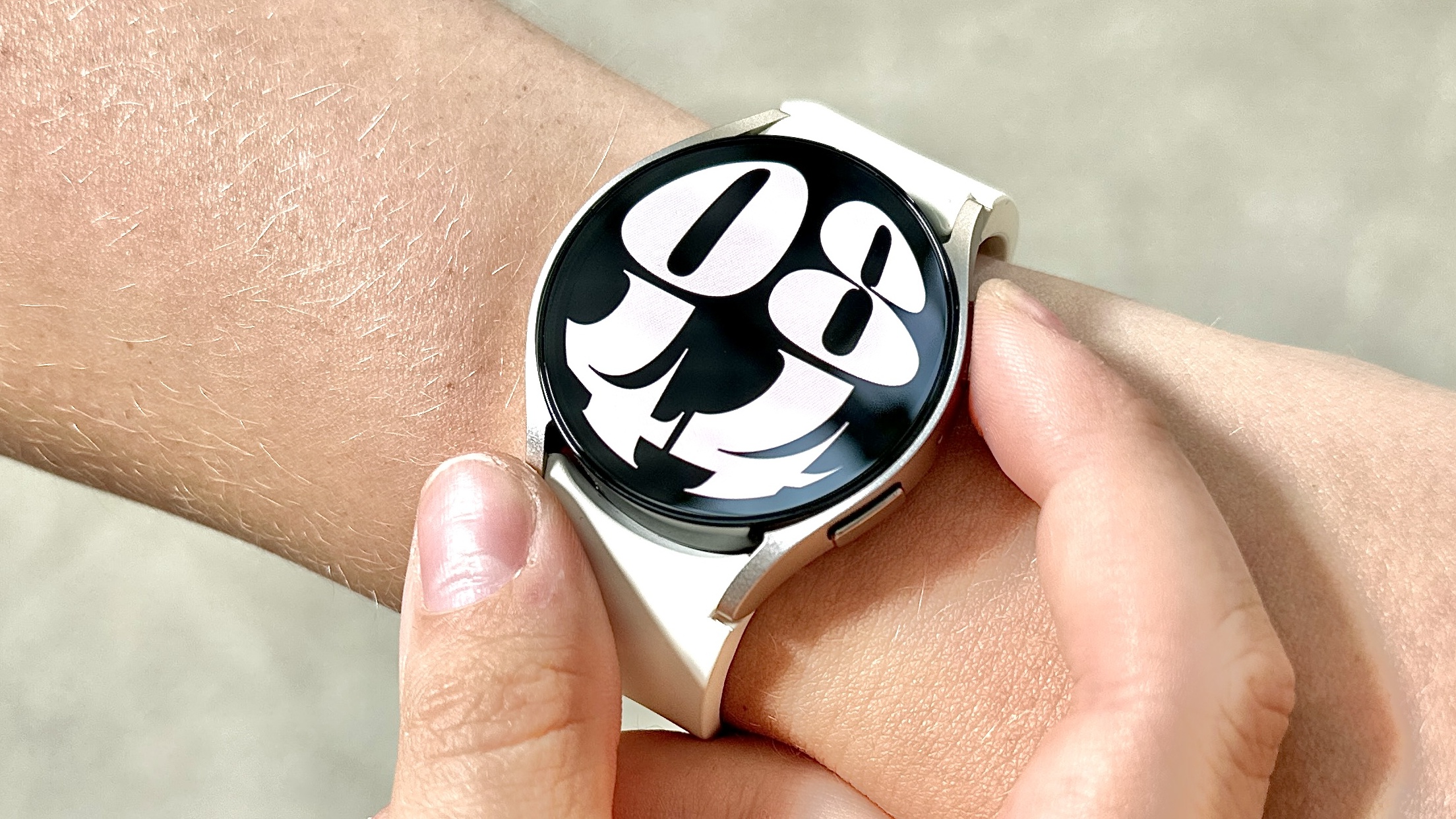
The Galaxy Watch 6 and 7 are hard to tell apart, both visually and on the wrist. Though they come in slightly different color options, the basic design is the same.
Each sports a circular face with a bright, AMOLED touchscreen and a pair of physical buttons along the right side. You get 50 meters of water resistance from the relatively thin and lightweight aluminum case.
I find the smaller 40mm Galaxy Watch comfortable to wear all day and all night, which is good because the sleep-tracking analysis on either recent model impresses, though only one is touted as being powered by AI.
Under the hood, though, the Galaxy Watch 7 offers major upgrades over the 6, including double the storage capacity, 36GB of storage versus 16GB, dual-band GPS for better location tracking and Samsung's latest BioActive health sensor.
Galaxy Watch 7 vs. Galaxy Watch 6: Health and sleep feaures
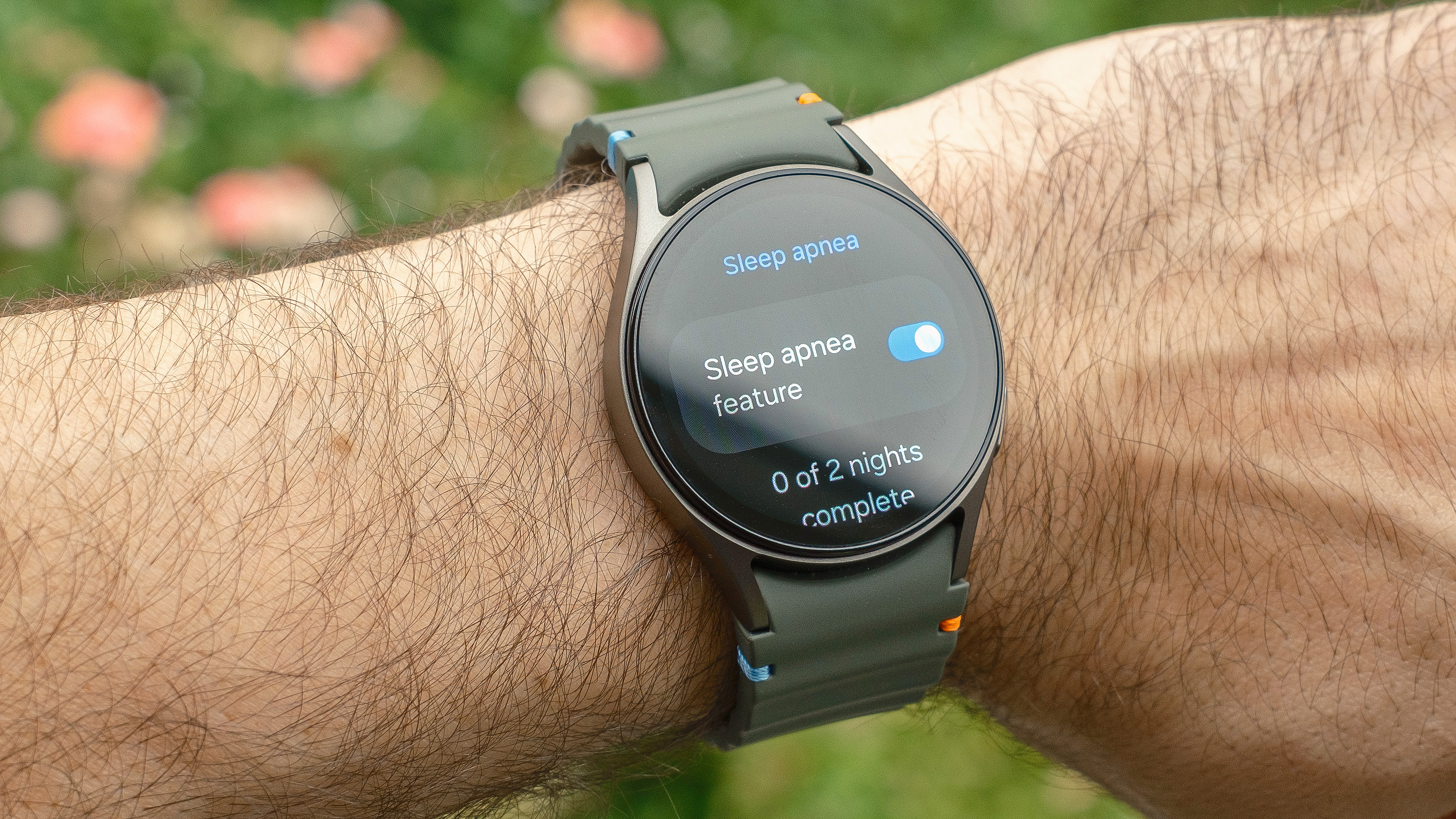
The most significant upgrades found in the Galaxy Watch 7 come in the form of wellness features. Along with the new Galaxy Watch Ultra, the Watch 7 is FDA-authorized for sleep apnea detection, a first for a major smartwatch manufacturer.
The Watch 7 also gets Samsung's new Energy Score, a daily metric that ranges from one to 100 and takes into account factors like recent workouts, recovery efforts and sleep quality.
The newer model additionally benefits from Samsung's latest sleep-tracking algorithm. With a little help from the upgraded BioActive sensor, the device now monitors and provides insights into factors like how long it takes you to fall asleep and how much movement you experience while snoozing. These metrics are factored into the daily Sleep Score.
All of the wellness, fitness and health monitoring metrics on the Galaxy Watch 7 are accompanied by personalized tips, suggestions and explainers to assist you in better parsing and digesting everything.
Of course, the Galaxy Watch 6 is an impressive workout and wellness tracker in its right offering insights into metabolic health, sleep, stress, menstrual health and workout recovery, just not quite as comprehensively as its fresh-faced sibling.
You also get heart rate, ECG and SpO2 monitoring, along with AFib detection on the Galaxy Watch 6, all of which also come standard on the Galaxy Watch 7.
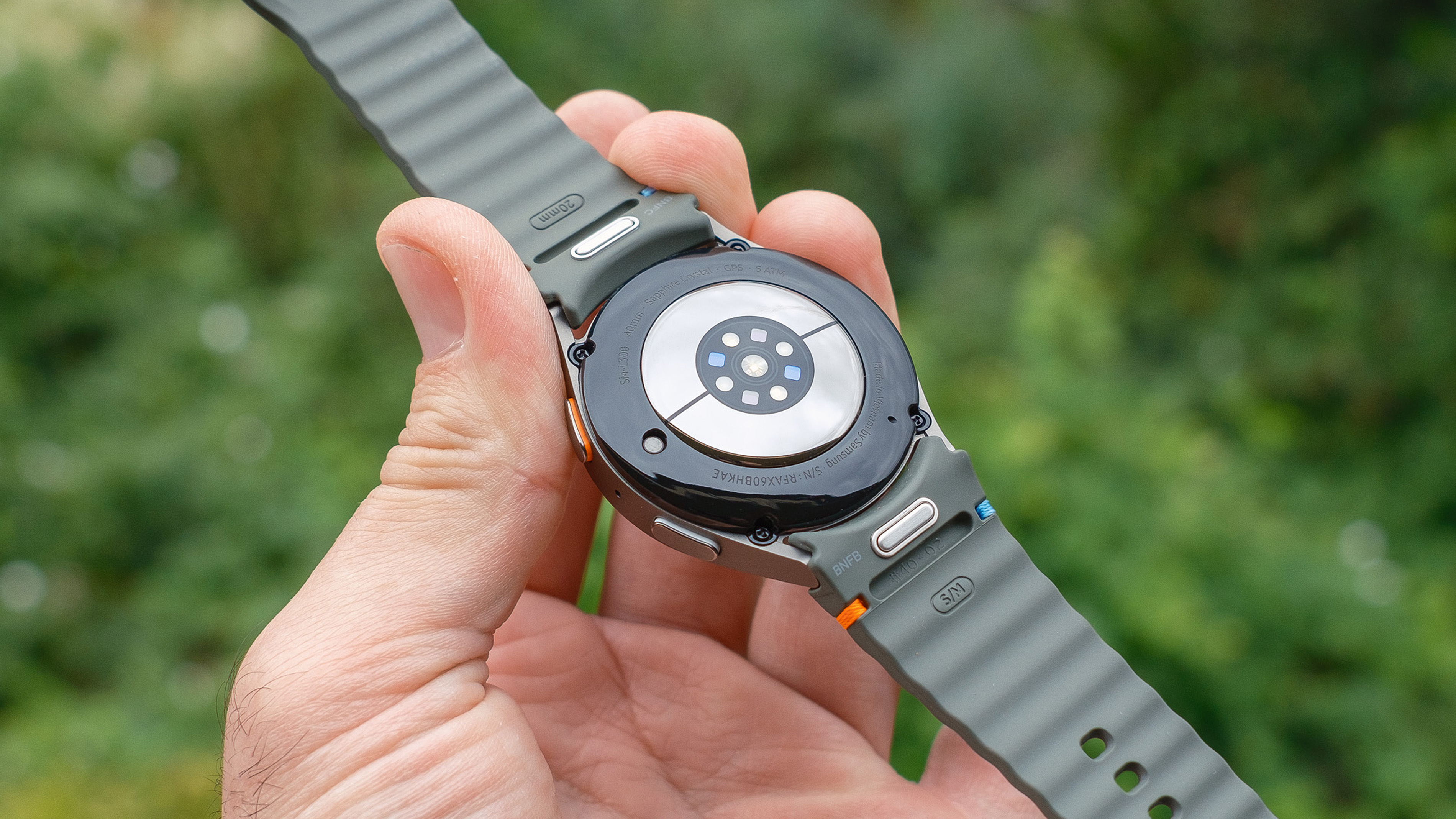
Galaxy Watch 7 vs. Galaxy Watch 6: Other upgrades
Other upgrades found only on the Galaxy Watch 7 include the ability to create custom Workout Toutines with multiple exercises, a Race feature that lets you compare workout efforts to previous attempts in real-time, and AI-powered suggested replies for messages.
Galaxy Watch 7 vs. Galaxy Watch 6: Which is best?
Prices being equal, the Galaxy Watch 7 is a no-brainer compared to the Galaxy Watch 6 thanks to its new faster and more efficient processor, double storage capacity, improved GPS connectivity, upgraded health tracking tech, AI-powered fitness and wellness tips, daily Energy Score and improved sleep analysis.
That said, if you like the design of the Galaxy Watch 7 but don't need the latest/greatest holistic features, the Galaxy Watch 6 remains my top choice for the best Samsung watch you'll find on sale.
More from Tom's Guide

Dan Bracaglia is the Tom’s Guide editorial lead for all things smartwatches, fitness trackers and outdoor gear. With 15 years of experience as a consumer technology journalist testing everything from Oura Rings to instant cameras, Dan is deeply passionate about helping readers save money and make informed purchasing decisions. In the past year alone, Dan has assessed major product releases from the likes of Apple, Garmin, Google, Samsung, Polar and many others.
An avid outdoor adventurer, Dan is based in the U.S. Pacific Northwest where he takes advantage of the beautiful surroundings every chance he gets. A lover of kayaking, hiking, swimming, biking, snowboarding and exploring, he also makes every effort to combine his day job with his passions. When not assessing the sleep tracking and heart rate accuracy of the latest tach gadgets, you can find him photographing Seattle’s vibrant underground music community.
